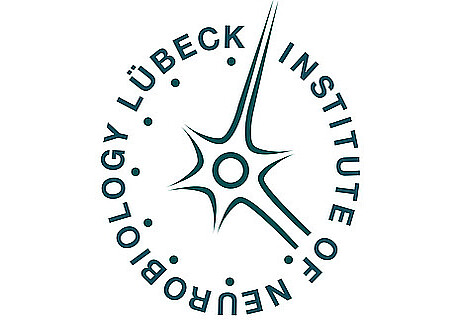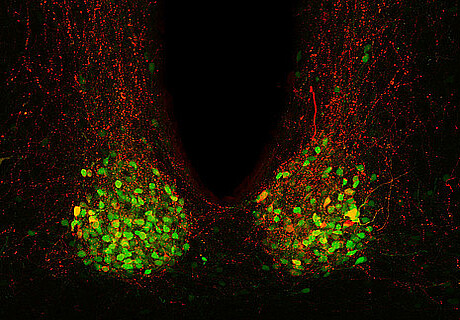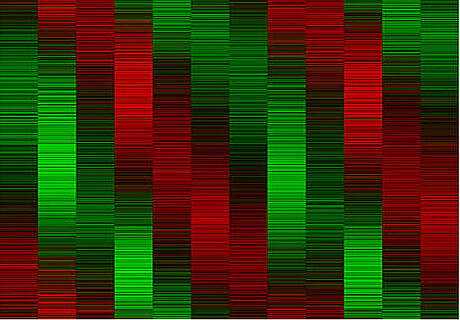Circadian Clocks
Life on earth is shaped by multiple environmental cycles. One of the most influential is the succession of day and night. In most species – from prokaryotes to humans – internal timekeepers (so called circadian clocks) have evolved that anticipate these daily events and fine-tune physiology to the varying demands of activity and rest. Circadian rhythms are almost omnipresent and cover all aspects of biology from behaviour down to cell cycle control and chromatin modulation. In mammals, a master clock in the suprachiasmatic nuclei (SCN) of the hypothalamus is synchronised to geophysical time via visual and non-visual photoreceptive systems in the retina. From the SCN, time information is transmitted to numerous peripheral clocks located throughout the body.
Chronophysiology
Perturbations of the circadian system have a profound impact on health and well-being. The physiological and psychological disturbances following trans-meridian travel (jet lag) are rooted in a transient state of internal de-synchronisation while the body's clocks struggle to adapt to an abruptly shifted external light/dark cycle. Similar and more severe symptoms including metabolic dysbalance and an elevated susceptibility to cancer are the consequences of the sustained disruption of the circadian system in shift workers. Sleep and circadian rhythm disturbances affect more than one third of the Western population. Both frequently accompany neuropsychiatric disorders like depression, schizophrenia and Alzheimer's, suggesting a tight interplay between the circadian system and higher neurological functions.


2023.11.30 Does alcohol help sleep?













